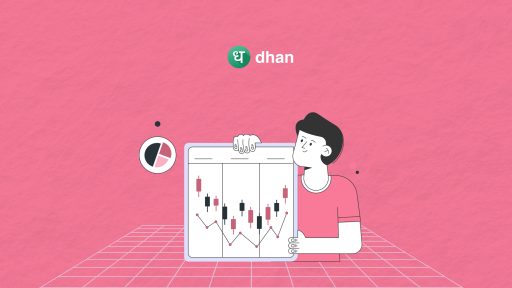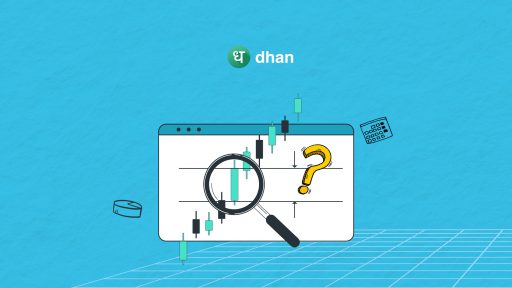The trading procedure on a stock exchange can be very interesting to read about.
As you know, trading is simply the process of buying and selling securities to make a profit.
Each exchange has its own way of operating, which is mostly the same, but the devil lies in the details. We’ll help you understand all of it in this blog.
Step 1: Exchange Receives Your Order
When the market opens at 09:15 AM, the exchange receives your order. This order may include any pre-market buy or sell position as well as any After Market Order (AMO) triggered by your broker.
The exchange will execute these orders at 09:15 AM (official market timing). Two things happen here:
- Order recorded
- Order executed
The same process is repeated throughout the trading day until the market closes at 3:30 PM.
Step 2: Buyers & Sellers are Matched
Once the exchange receives your order, it matches it with a seller if you are a buyer. If you are a seller, it matches your order with a buyer.
Order matching occurs at the Market Price (best available price) as per the order execution time.
If there is no buyer or seller, then your order will remain in the order book as an open order until a matching counter order is placed.
This ensures that your trade is executed once a suitable match is found.
That said, there may be instances where the order remains unmatched for an extended period, during which the exchange may reject your order or require you to modify it.
Step 3: Transfer of Securities
Once your broker matches your order, they submit the securities to the exchange. By the way, the transfer of securities takes place across brokers but only on the exchange.
Securities transfer may also happen in between exchanges. For example, when you buy a security on NSE and sell it on BSE, commonly known as Arbitrage Trading in the share market.
Step 4: Moved to Clearing House
During this process, exchanges ensure that all parties involved in the transaction, from you (the user) to brokers, meet their financial obligations.
Step 5: Settlement
After the securities are exchanged, they are transferred to the respective brokers, who then settle them into the user’s portfolio in demat form, this settlement takes T+1 days, where T is the day on which you placed the order successfully.
Step 6: Charges are Levied
Each transaction in the stock market carries certain charges. You may know one of them really well – brokerage.
Once the securities are settled, a nominal fee is charged in the way of exchange charges and government fees (eg. STT) on top of brokerage.
Step 7: You Get a Contract Note
Lastly, you will receive a detailed debit/credit bill with the transaction history of what you did on that particular day.
This bill includes information such as the order date, time, order number, and then the final amount released into your account, which is referred to as a contract note.
Evolution of Trading Procedure in India
Back when we won independence through to the late 1990s, stock trading in India happened physically.
There were trading floors at exchange offices where brokers gathered to execute orders (often while yelling and screaming) on behalf of their clients.
Transactions were conducted using paper-based order forms, and share ownership was evidenced by physical certificates.
During the late 1990s and early 2000s, Indian stock exchanges were transitioning to the web, deploying electronic trading platforms to streamline processes.
Technological advancements and regulatory reforms drove this shift, aiming to enhance market efficiency and transparency.
Concurrently, the process of dematerialization gained momentum, which in change streamlined trading processes, offering investors greater convenience and safety in managing their investments.
Conclusion
Trading procedures on a stock exchange involve actively monitoring for fairness, efficiently matching buy and sell orders, securely settling trades, and complying with strict regulations.
In the background, these transactions happen quickly, so much so that the market is planning to potentially move to a T+0 (same-day) settlement cycle!
By now, you must’ve understood the importance of a broker’s role. Thus, it’s important to choose a platform that offers you reliable order execution and a suite of incredible features.
Dhan recently became the first broker in the world to allow Options Trading from TradingView's Trading Panel! Go check it out here!
Orders on Dhan are executed within 90 milliseconds. You can read all about it here:




